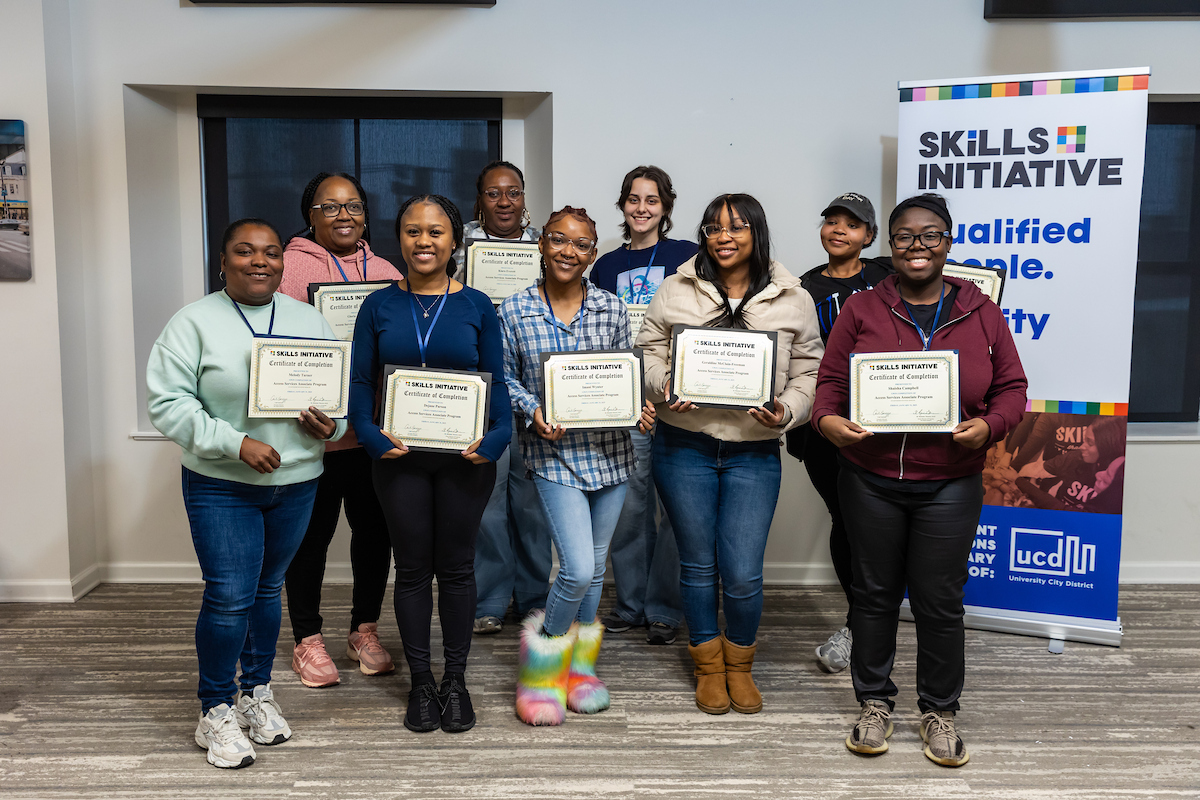The Philadelphia Inquirer
By: Inga Saffron
There are two stories that we can tell about Philadelphia in the first decades of the 21st century.
In one, Philadelphia is a city resurgent, rising from the ashes of deindustrialization to gain population, rejuvenate neighborhoods, build gleaming towers for corporate titans like Comcast and FMC, and claim its place as one of the nation’s health-care powerhouses. So many new houses and apartments are going up in this boomtown — even as the COVID crisis rages — that the city feels like a giant construction site. In 2019, the city celebrated a remarkable milestone: 10 straight years of job growth.
Yet, for many Philadelphians, this triumphant narrative will sound like science fiction. In parts of North Philadelphia, trees sprout from the windows of empty factories and trash laps at the steps of boarded-up Victorian mansions. Yes, the city has created 71,000 new jobs. But there are still 65,000 more city residents living in poverty today than there were in 2000, when the city’s economy began to pull itself out of its long slump. Once a city that dressed American men in Stanley Blacker sport coats, Joseph H. Cohen slacks, and Botany 500 suits, Philadelphia no longer has a single factory producing their office wear. And now, South Philadelphia’s sprawling refinery, where unionized workers often took home annual salaries of $100,000, is being converted to a logistics center, with neat rows of warehouses that will house commodities produced elsewhere.
